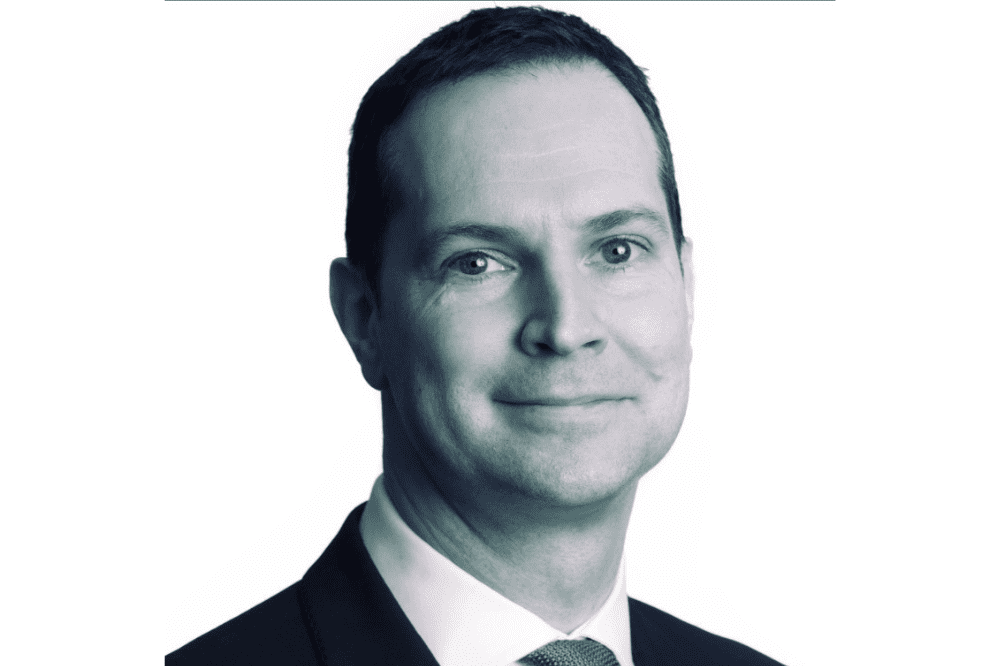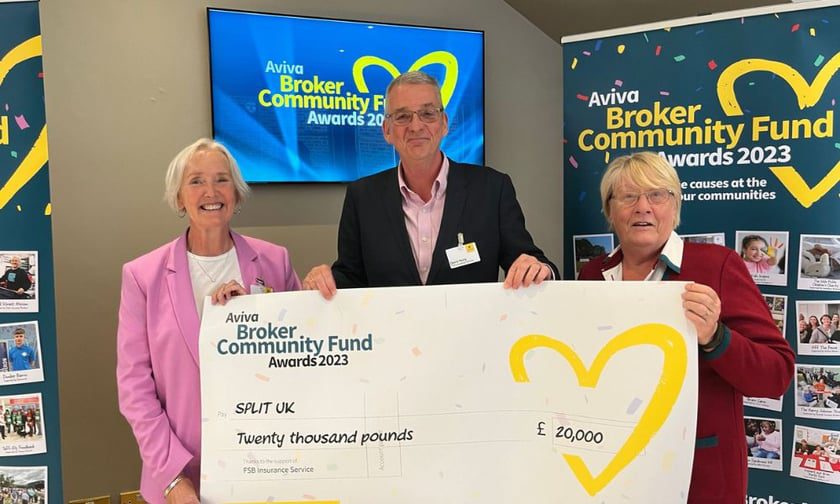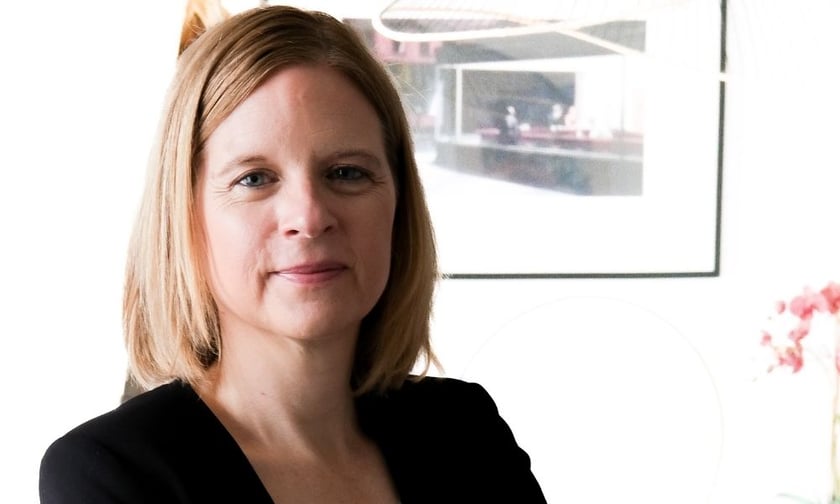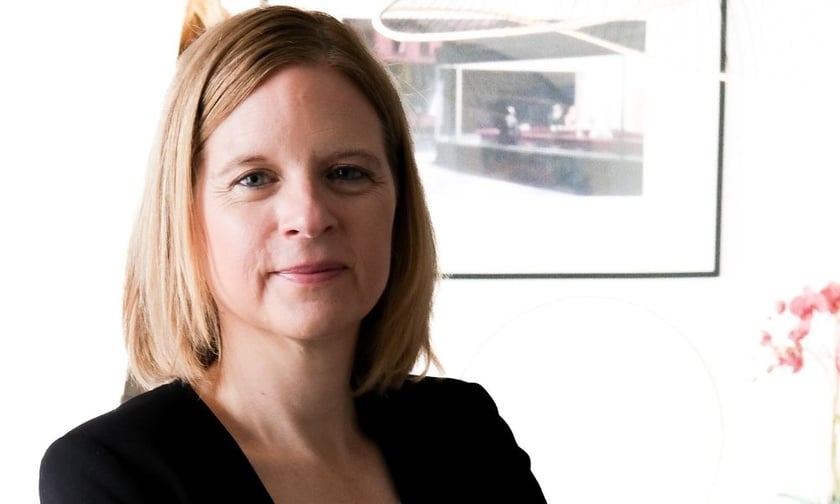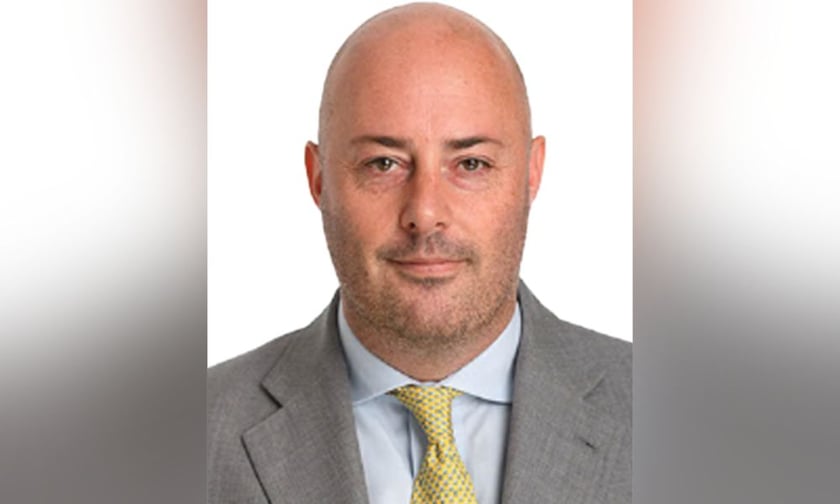
He has been with the firm since 2010
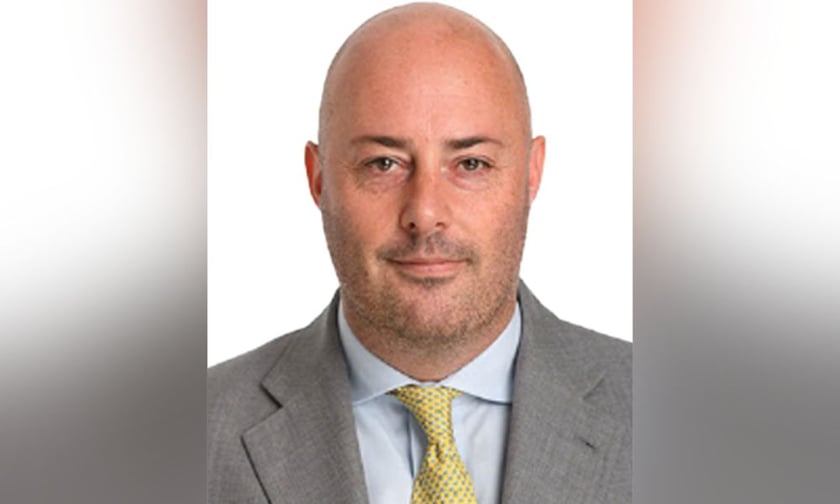
MS Amlin has announced the promotion of Jamie Cleary (pictured above) to the position of head of crisis management, effective immediately.
Cleary, based in London, will lead the growth and advancement of MS Amlin’s crisis management portfolio, which specialises in offering tailor-made solutions to protect clients from significant incidents that have the potential to disrupt their business operations or harm their reputation.
With over two decades of experience in the London market, Cleary brings a wealth of knowledge to his new role. He spent seven years at Talbot AIG before joining MS Amlin’s crisis management team in 2010, where he played a key role in developing the business’s credit and political risk and political violence accounts. He is recognised as an expert in credit, political risk, war, and terrorism insurance, and serves as a member of the Lloyd’s Trade Credit and Political Risk Panel.
Cleary will be taking on this additional role while retaining his responsibilities as the lead underwriter for credit and political risk. He will report to Neil Walker, deputy chief underwriting officer and head of speciality insurance at MS Amlin.
“In an era of heightened geopolitical risk and uncertainty, our clients are looking for tailored and responsive solutions to the many risk management challenges they face,” Walker said. “I’m thrilled that Jamie will be leading MS Amlin’s crisis management portfolio in his new, expanded role. Throughout his time at MS Amlin, he has fostered our culture of tenacity, entrepreneurship, and innovation. This promotion is testament to MS Amlin’s deep industry expertise and commitment to investing in the development of our internal talent pool.”
What are your thoughts on this story? Please feel free to share your comments below.
Related Stories
Keep up with the latest news and events
Join our mailing list, it’s free!

This page requires JavaScript







